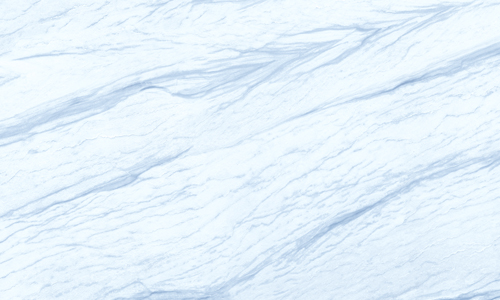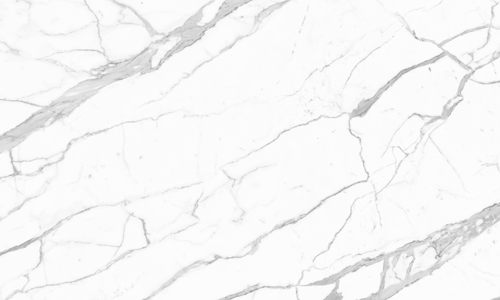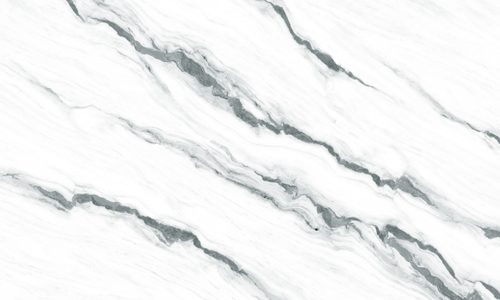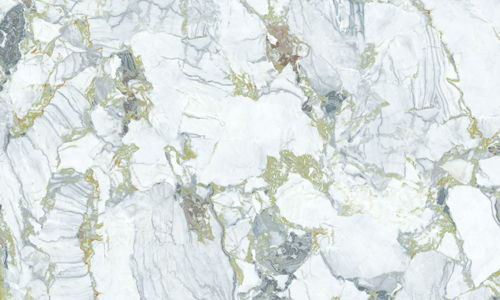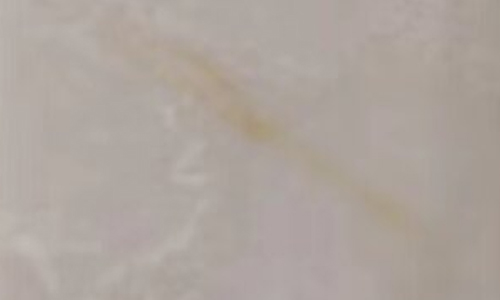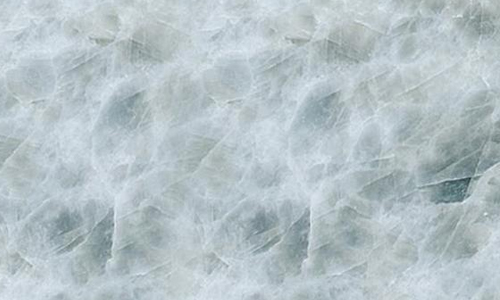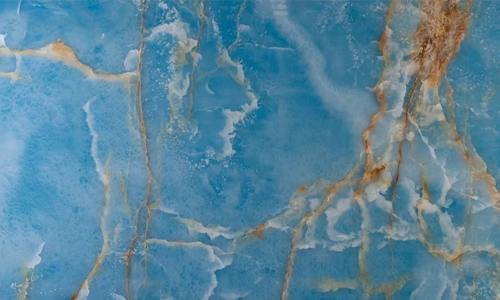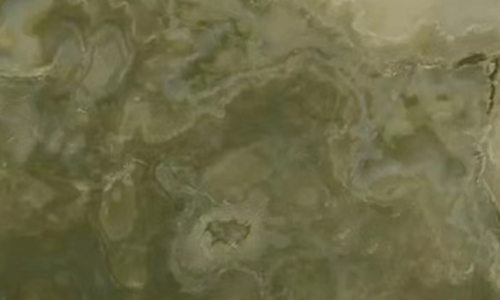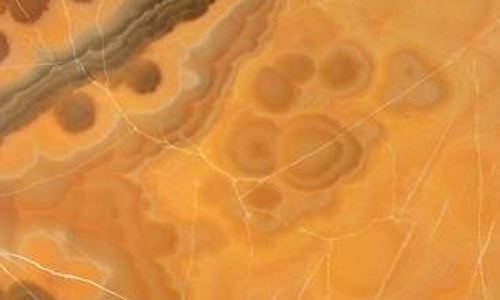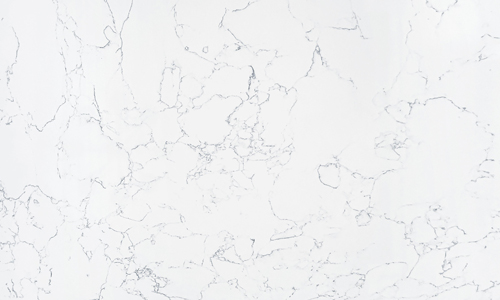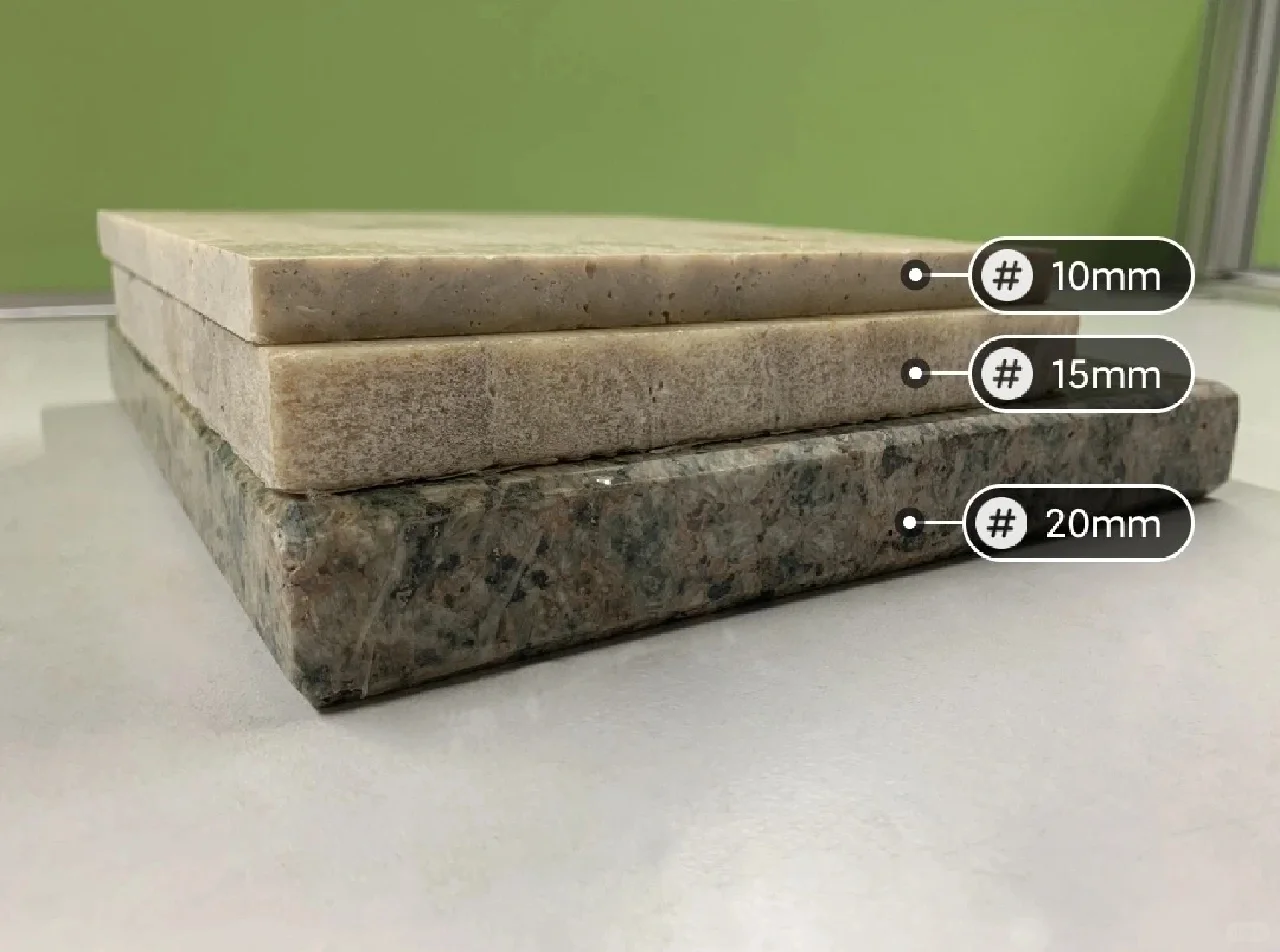
The thickness of stone slabs is a complex issue that requires consideration of the stone's physical and chemical properties as well as the environment in which it will be used. This article discusses the ideal thickness of stone slabs from six aspects: water absorption rate, strength, cracks, weathering, porosity, and temperature.
Water Absorption Rate
The water absorption rate is a physical indicator that measures the stone's ability to absorb water, significantly affecting its physical and chemical properties and strength. Stones with high water absorption rates will absorb a large amount of water when exposed to it, leading to a decrease in strength and potential diseases. Therefore, for stones with high water absorption rates, increasing the thickness can avoid diseases and weaken the loss of strength to a certain extent.
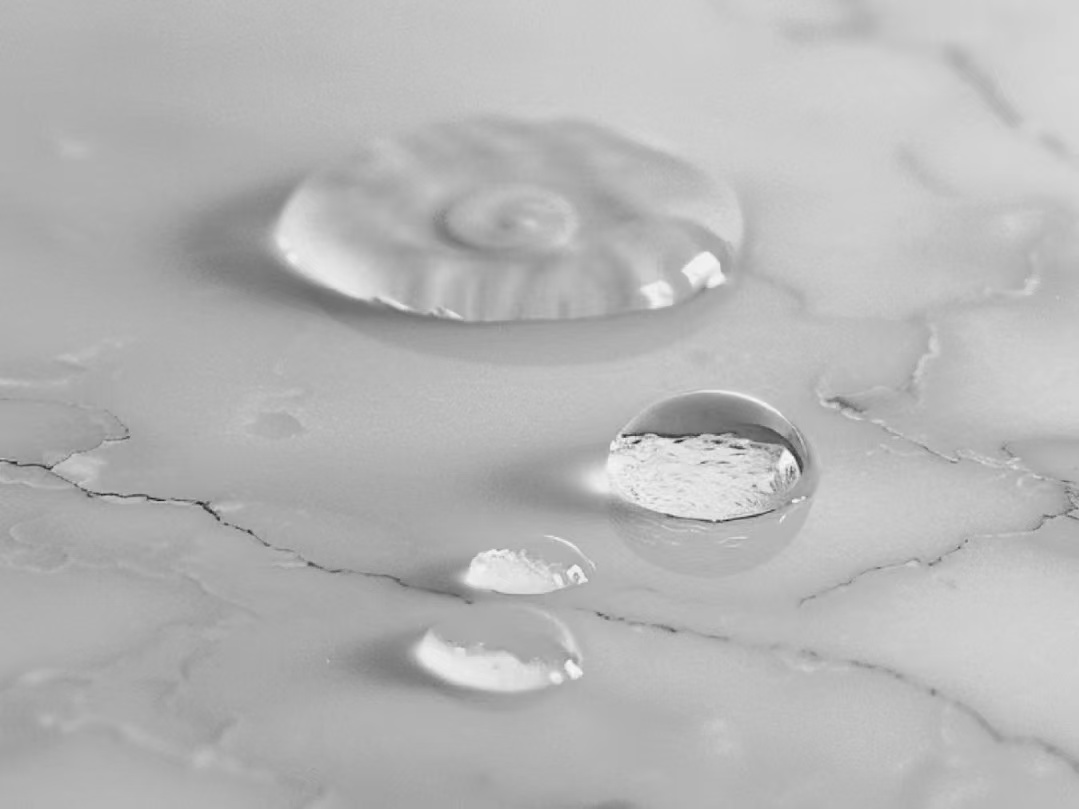
Water Absorption Rate Indicators for Granite, Marble, and Quartz Stone
Granite: 0.07%~0.30%
Marble: 0.06%~1.0%
Quartz Stone: 0.10%~2.00%
Strength
The strength of stone refers to its ability to resist destruction under external forces. Strength is an important indicator of stone quality, and stones with low strength need to increase their thickness to enhance their commercial use and value.
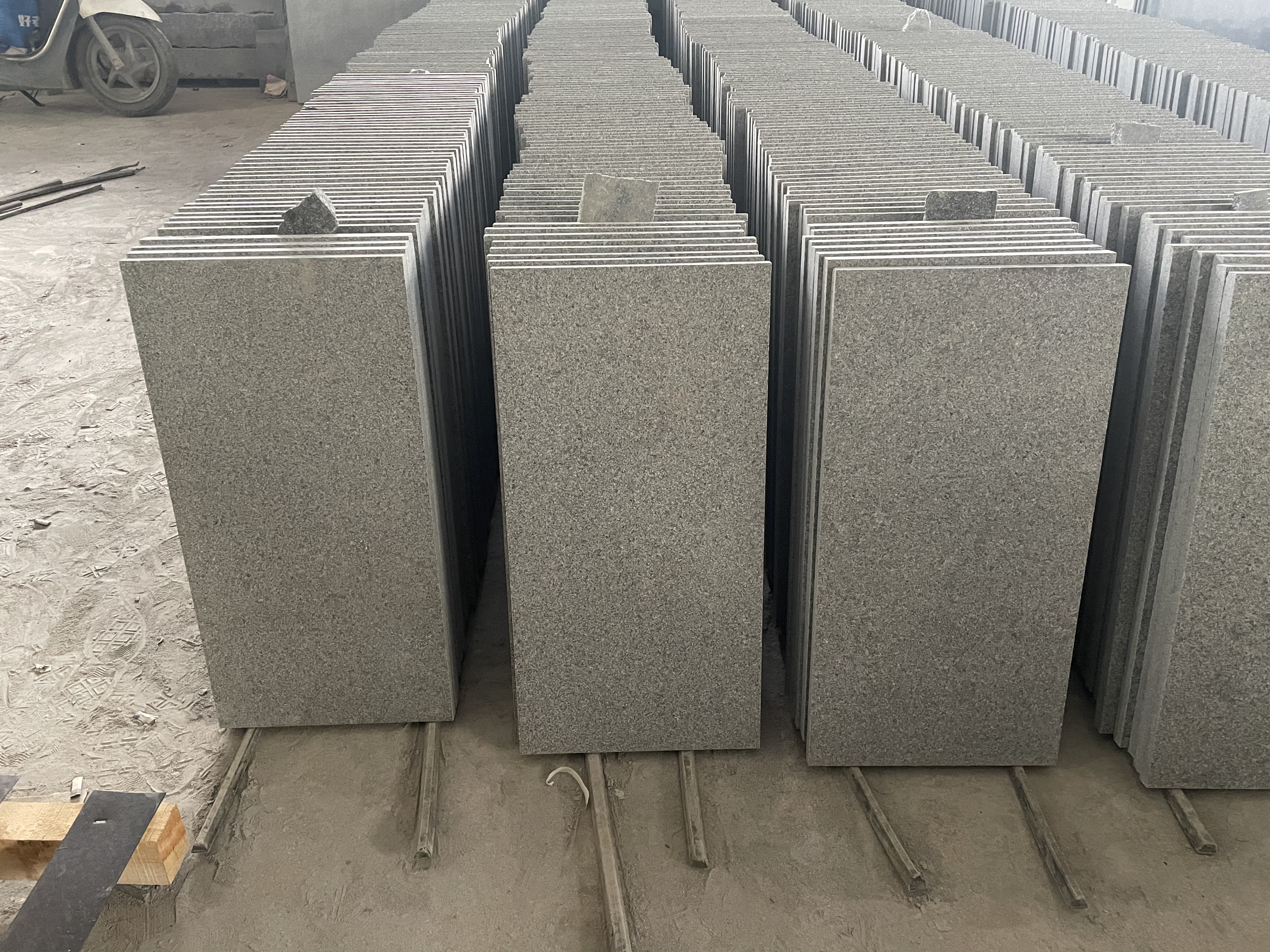
Cracks
Cracks are fissures formed in stone under the action of stress or the environment, divided into micro-cracks and macro-cracks. For stones with severe cracks, the thickness of the slab should be considered increased, whether for floor decoration or wall decoration.
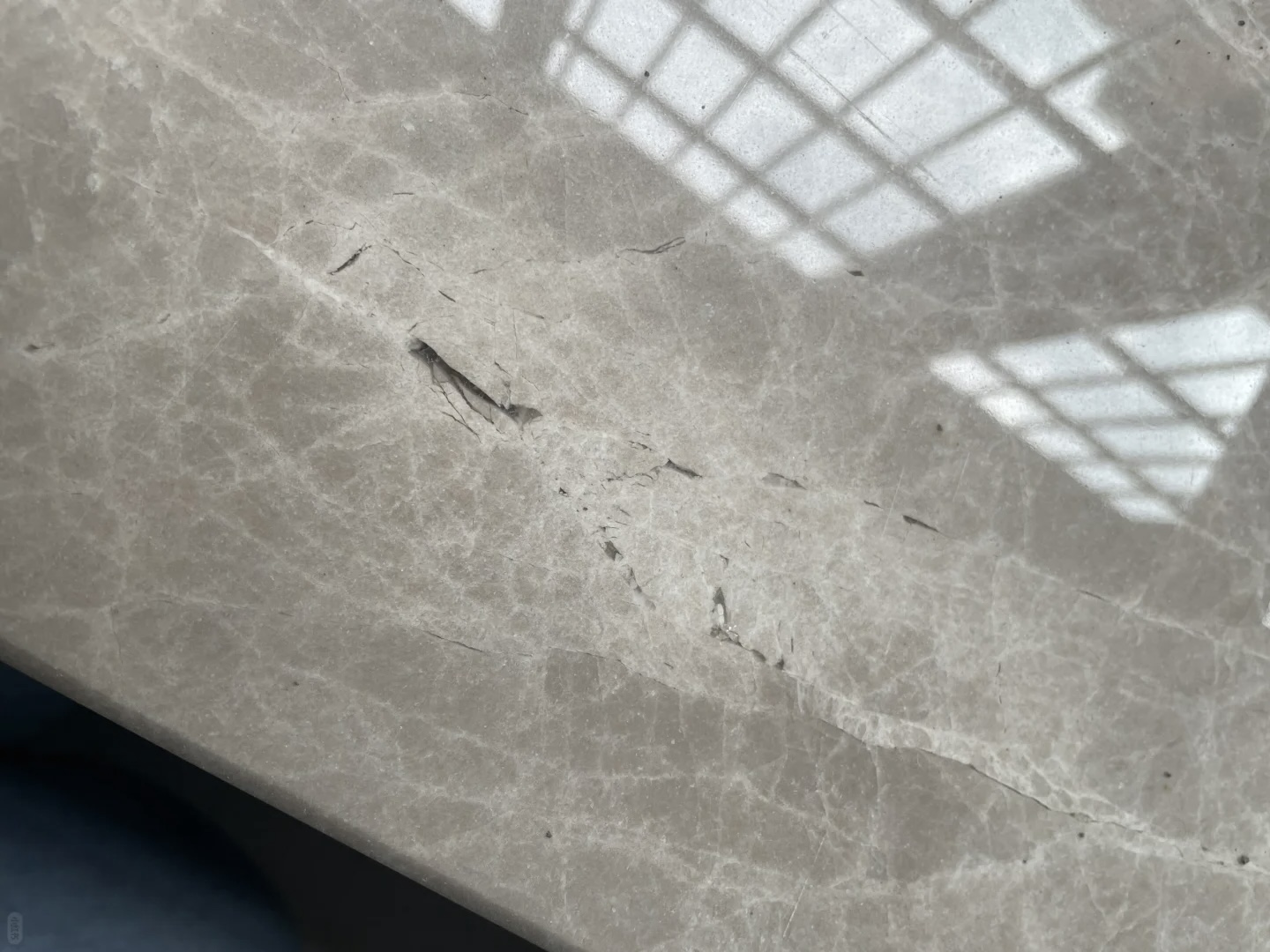
Weathering
Stone weathering refers to the phenomenon of stone crystalline hydrates losing crystalline water in room temperature and dry air, which is a chemical change process. Weathering reduces the roughness of the rock structure surface, produces new fissures, and changes the physical and mechanical properties of the rock.
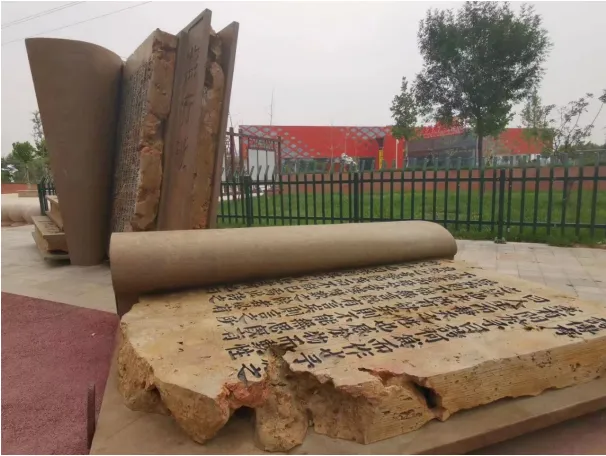
Porosity
Porosity refers to the percentage of the volume of pores in a block material relative to the total volume of the material under natural conditions, corresponding to the density of the material. Stones with high porosity have high water absorption rates, are prone to absorbing and holding water, and are more susceptible to damage and breakage. Therefore, the thickness of stones with high porosity should be thicker than that of stones with low porosity.
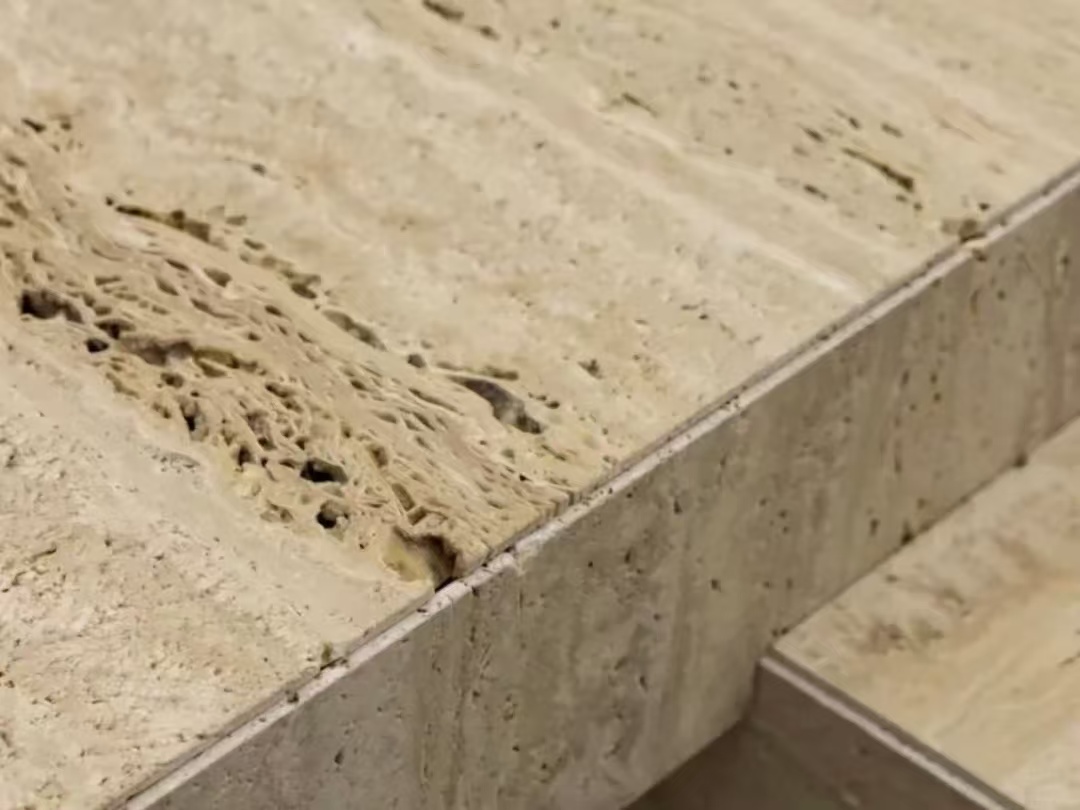
Porosity Indicators for Marble, Granite, and Quartz Stone
Marble: 0.5%~4%
Granite: 0.2%~3%
Quartz Stone: 0.60%~5.00%
Temperature
The strength of rocks gradually decreases with the increase of temperature. Stones used in high-temperature environments should be thicker to maintain strength.
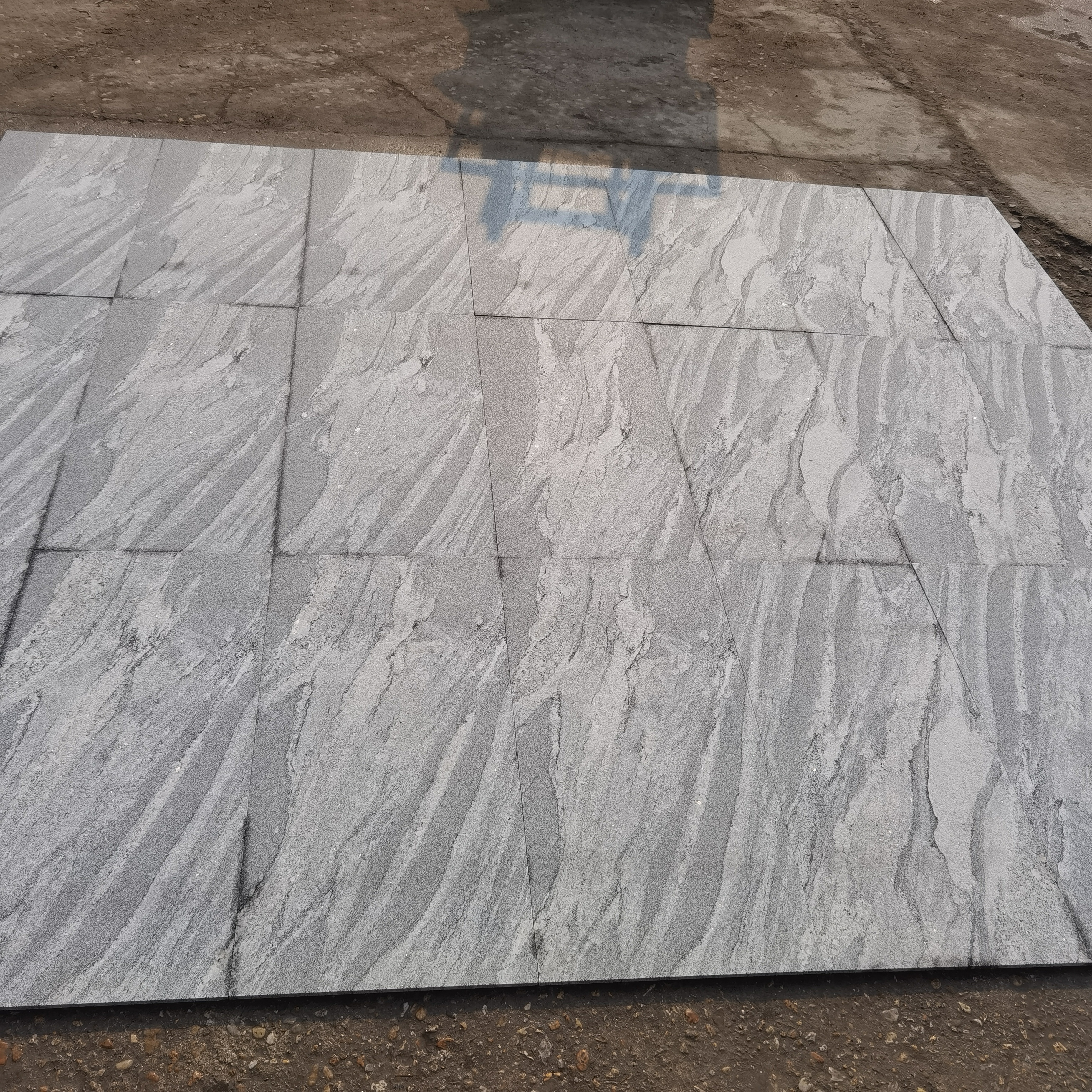
Conclusion
The thickness of stone slabs should not be generalized but should be determined based on the specific type of stone, its physical and chemical properties, and the environment in which it will be used. The thickness of different stone slabs should vary under the same conditions, rather than being uniformly 20~16mm or even thinner. For a long time, we may have made mistakes in the choice of stone thickness, and in the future, we should pay more attention to analyzing specific problems specifically.
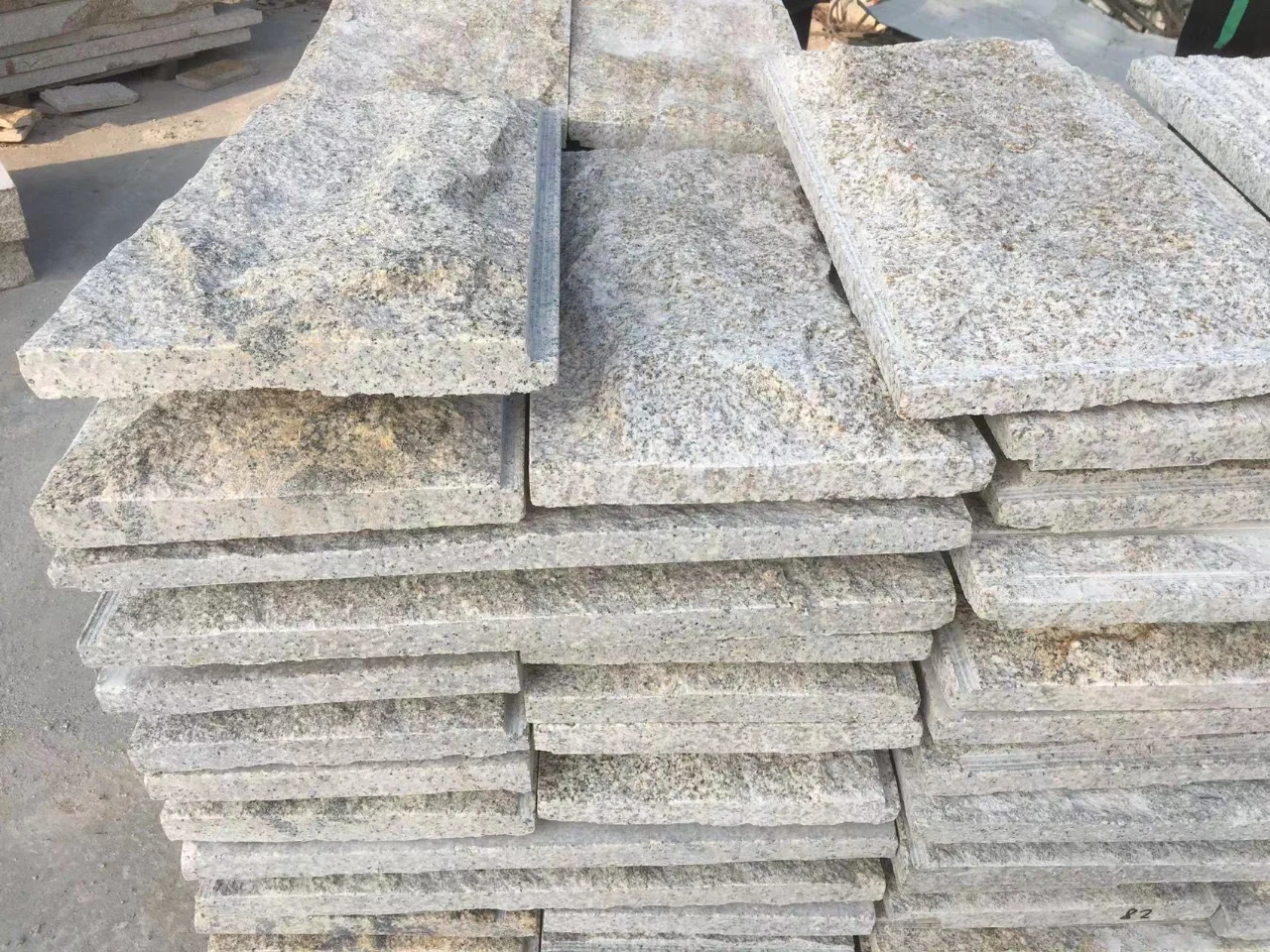
Lillian Fortune East Stone
📧 Email: sales05@fortunestone.cn 📞 Phone: +86 15960363992 (Available on WhatsApp) 🌐 Websites: www.festonegallery.com | www.fortuneeaststone.com

